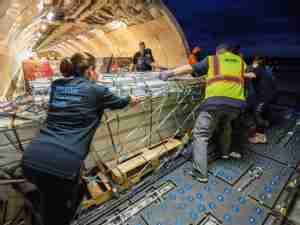U-Freight welcomes recovery in Australian wine exports
posted by AJOT | Feb 24 2015 at 04:30 PM | Logistics
The U-Freight Group (UFL) welcomes the news that Australian wine exports to China have almost recovered to levels recorded before Beijing’s austerity measures severely dented volumes, and believes it will be a major boost for the company’s specialist wine logistics services in the country.
Data released earlier this year by the Australian Grape and Wine Authority (AGWA) indicates that total Australian wine exports in 2014 increased by 8 percent to 40 million litres, with bottled exports almost recovering to levels recorded before the full effects of the austerity measures took hold in 2012.
The booming trade is expected to grow even faster this year following November's bilateral trade agreement between Australia and China. Once fully implemented, the agreement will remove China import tariffs on a range of Australian agricultural products, including wine.
The AGWA reported that the AUD2 to AUD4 segment was the key driver of the turnaround, increasing by 15 percent to 20 million litres.
For Hong Kong — which scrapped all duties on wine imports several years ago — Australian exports by value in the ultra-premium segment grew 127 percent to AUD42 million.
UFL chief executive officer, Simon Wong says: “Old World or New World, as a product, wine is perishable and U-Freight has much expertise in handling such traffic, which is also high value and requires specialised handling.
“While the Group handles wine shipments throughout its network, special investments have been made to support the growing wine business in China.
“One of UFL Logistics’ facilities in Hong Kong has been officially approved by the Hong Kong Quality Assurance Agency (HKQAA) for the provision of commercial wine storage, which means we are officially able to provide commercial wine storage services within this warehouse at Kwai Chung.
“At our Shanghai logistics centre at Pudong Airport, we also offer a sophisticated wine tasting suite where buyers and sellers can sample wine; as well as comprehensive wine storage facilities with sophisticated temperature and humidity control mechanisms.”









